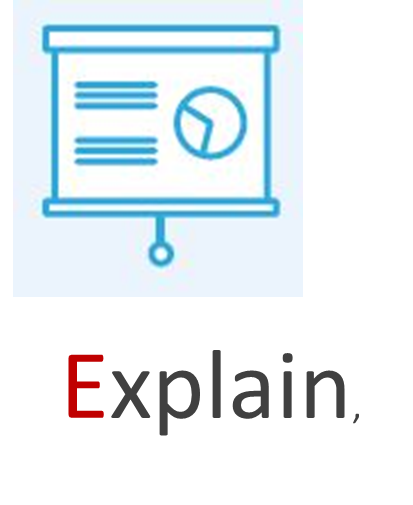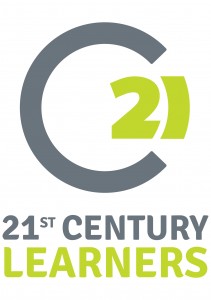
Thinking Moves A-Z has been developed by Roger Sutcliffe and his colleagues at Dialogue Works to support metacognition. Neil Phillipson is a Licensed Trainer with Dialogue Works, and can provide CPD and support for Thinking Moves.
What is Thinking Moves A-Z?

The A-Z is a list of 26 distinct acts of thinking. A, for example, denotes the act of thinking ‘Ahead‘, B the act of thinking ‘Back‘ and C the act of ‘Connecting‘. The A-Z is:
- Memorable. The alphabet acts as a mnemonic enabling people to learn the names of the 26 moves quickly. Each move is accompanied by its own action and icon. This allows us, perhaps for the first time, to have a shared language (shared by both children and adults) to describe and reflect on our thinking.
- Comprehensible. Simple activities are provided to allow each move to be practised and to allow people to make meaning of the move. This is supported by a list of synonyms and associated vocabulary for each move that helps people to build a more nuanced understanding of the acts of thinking it denotes. For example, to think ‘Ahead’ is also to ‘predict‘, to ‘aim‘, to ‘look forward‘, to ‘expect‘, to ‘hope‘ and to ‘target‘. Special synonyms for EYFS children are provided;
- Comprehensive. All cognitive moves (that Roger is aware of!) are encompassed in the A-Z. They are applicable across all areas of the curriculum and all phases from early years to secondary. And they are just as useful in everyday life as they are in school.
Why Use Thinking Moves A-Z?

As Roger Sutcliffe says on the Dialogue Works website:
‘Thinking Moves A – Z provides a vocabulary for thinking. The moves themselves are not new – we all use them in our learning and our life every day. But now we have a way of talking about how we think, and that gives us a means to work on improving the effectiveness of our thinking.’
If we can put names to the cognitive moves we make – if we can recognise and become aware of them in ourselves and others – then we can reflect on their purpose and value. If we can do that, we can begin to make conscious decisions to apply them – to take control of our own thought processes. That might lead to better thinking, better learning and wiser decisions – a better way of being!
This greater awareness of one’s own thought processes and the ability to manage them better is known as metacognition. Approaches that develop metacognition in schools are recognised to have a high impact on learning. According to the Education Endowment Foundation (EEF):
Evidence suggests the use of ‘metacognitive strategies’ – which get pupils to think about their own learning – can be worth the equivalent of an additional +7 months’ progress when used well.
See this guidance report from the EEF for further details.
Of course thinking cannot be taught in the absence of something to think about! Thinking Moves A-Z will support teachers to get students thinking more rigorously about subject knowledge and, perhaps more importantly, support students to get themselves thinking more rigorously about subject knowledge.
Thinking Moves, Philosophy for Children and Thinking Together are approaches that can be used independently, but they also work beautifully together. If you already practice P4C, you will find that the Moves help to develop 4Cs thinking and facilitate the application of 4Cs thinking across the curriculum. The use of the Moves will improve teachers’ and students’ questioning and lead to richer dialogue in all subjects and more widely.
What CPD and Support is Available?

Training in the use of Thinking Moves A-Z can be delivered in a single day or as a series of three two hour sessions (face-to-face or on-line). The training can be followed by support days to develop an implementation plan (including the identification of meaningful opportunities to apply the A-Z across the curriculum), to model introductory sessions and to support teachers in classrooms. Contact Neil@21stcenturylearners.org.uk to discuss your needs.
Beautifully designed resources including a clear and concise book and a poster are available via the Dialogue Works website.



